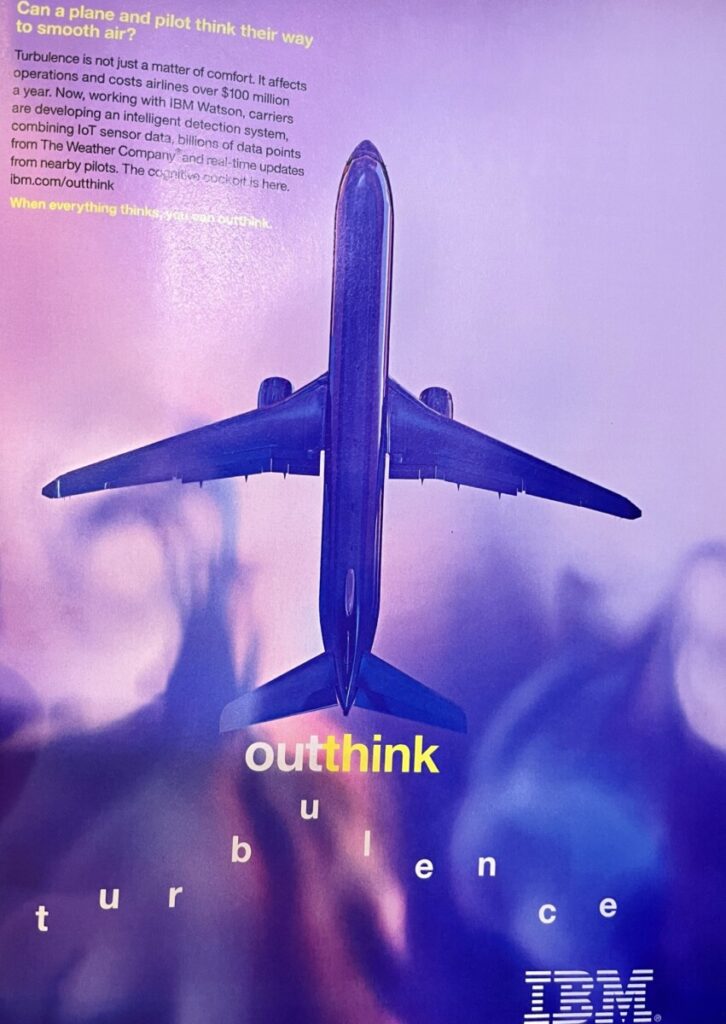Category: Uncategorized (Page 1 of 7)
The first article focuses on typography, the second article focuses on typography and photography, and the final article focuses on the Baufus process. Bauhuss is designed to explore the creative aspects of design and help students develop their skills. for solving unique architectural and design problems. Typophoto is related to the idea of combining typography and photography to create a unified means of communication. It is used to send an accurate message for a specific purpose. Typography in media is useful to the viewer. The goal of most designers is to use typography to convey their message. It was stated that the goal of most typographic designs is to have a consistent, easy-to-understand message.
The authors wanted to use design as a means of communicating their political beliefs to the masses. Both Lissitzky and Rochenko favored the Soviet Union, and Marinetti favored the fundamentalists. Each of the three accepted that mechanical progress could help convey the message, whether on the Internet or in the media. These creators acknowledge that they had to influence society through plans and new types of communications. Marinetti had to adopt an idea to make his extreme fundamentalist ideas more satisfying. Marinetti acknowledged that war was essential to the progress of society and felt it as a kind of purification of the earth, which made it dangerous.
What is a language? A language can be described in a variety of ways, from alphabets to symbols. Language is a method of communication, not necessarily words. Symbols are a form of language. Some of the first forms of language were often symbols. They were used by ancient civilizations to record history, write and communicate. Hieroglyphs is a perfect example. They were a set of characters used in ancient Egypt. Language shapes design in many ways. Some of popular examples of language in design are the men and women characters for bathroom signs. Cook and Shanosky made them with help from the American Institute of Graphic Arts in 1974.
When I read the two articles, there were many similarities and very distinctive ones. It was important to understand that the designer’s thinking cannot actually be duplicated. Much has talked about the designer’s ability to balance technical, design and psychological aspects in the articles. Many conversations are based on the premise that design is a language. It’s about communicating ideas, brands, or problems to the world and provide consumers with solutions to solve them. What also intrigued me was the idea of social responsibility. It mentions that its important to understand that what designers do have a lasting impact on society as a whole.
Jan Tschichold, Karl Gerstner, and Muller Brockmann were all looking to perfect a universal system for design. Tschichold focused on clarity, Gerstner on function, and Brockmann on grids. Their ultimate goal was to create the perfect design system as functional as it was beautiful.
Tschold focused on clarity by eliminating ornamentation and implementing hierarchy in typography. Tschold was completely against old typography’s use of ornamentation because he believed that it valued form before function. He thought that all design should follow function in the same way it appeared in nature. For example, a monarch butterfly has eye shapes in its wings to protect against predators. The eyes are the form that follows its function of protection. He was against the old typography’s use of the “center axis” in design. He thought it was archaic and did not implement hierarchy in its system. Instead, one should focus and understand how the reader understands his work. The designer can manipulate the readers’ eyes by using a hierarchal structure.
Similarly, Gerstner also believed in the idea that form follows function. His solution to this theory was to create a mathematical grid system applicable to any design problem. He wanted to design as objectively as possible, a design that does not involve creativity but instead involves a selection process of his premade system.
Brockmann is similar to both Tschichold and Brockman.
He uses a grid system, but in his case, it’s not made to absolve creativity; it’s used as a system of organization. Like Gerstner, Brockman uses this grid to rationalize the design process, and identical to Tschichold uses the grid to create clarity in design.




Recent Comments